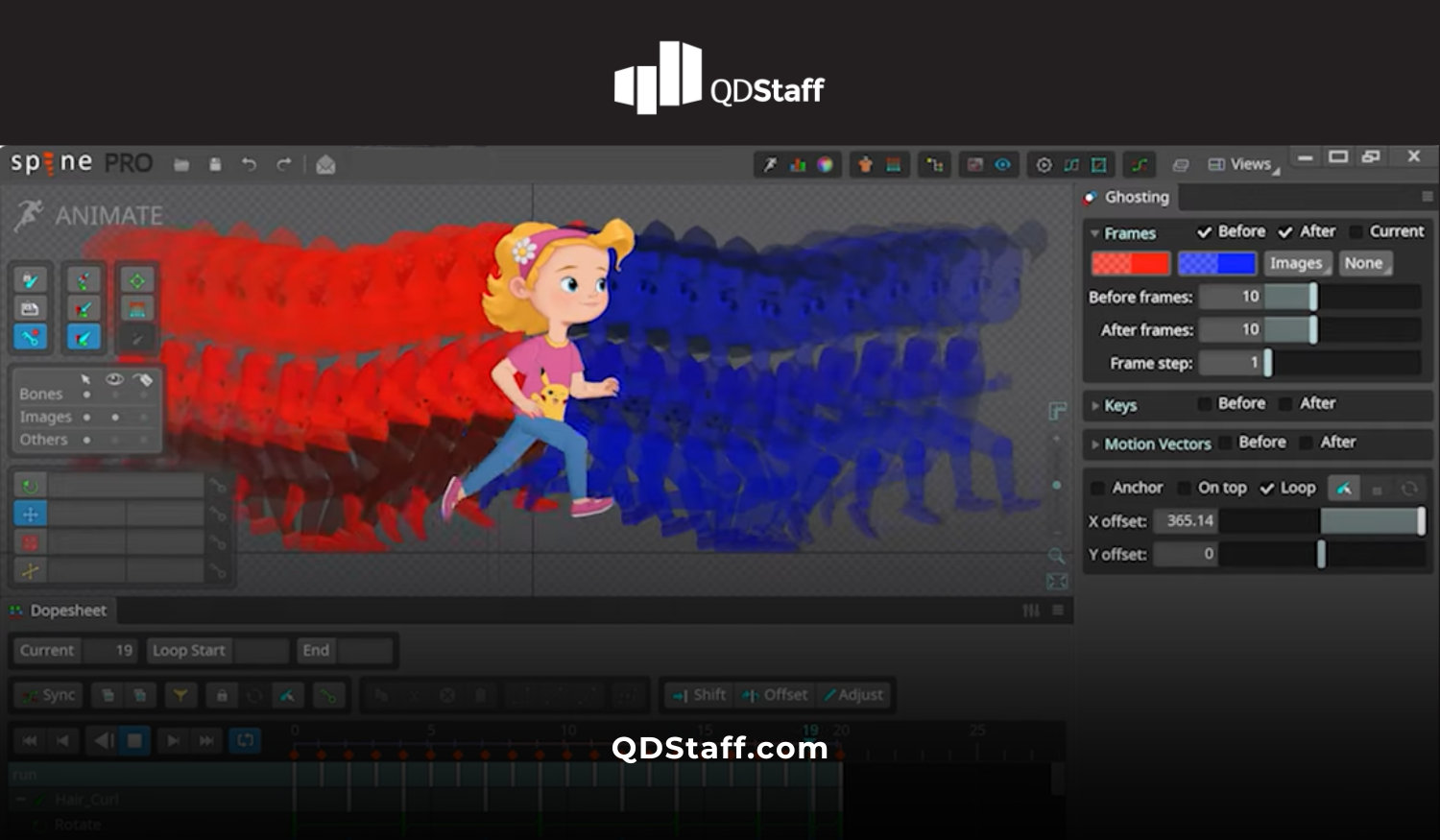Nothing breaks immersion faster than seeing one character glide naturally while another moves like a robot. When animations, physics, and visual effects aren’t working in harmony, players notice—and not in a good way. Consistency in animation brings worlds to life, but even standout games can falter without clear direction and rendering discipline.
So, what causes inconsistent animation styles, and how do we fix them? Let’s find out.
Lack of Coordination Among Animators
When different animators work independently without a unified workflow, animation styles become inconsistent and disjointed. Without proper collaboration, characters, objects, and effects may move unnaturally, breaking player immersion and the overall visual experience. Common issues include:
- Using different animation tools that produce varying results.
- Different interpretations of character movement exist, where some animators create smooth, natural movement, while others produce stiff, robotic motion.
- Lack of communication and shared animation framework, causing some characters or objects to react differently to the same actions, causing motion inconsistencies.
Absence of a Clearly Defined Style Guide
Without a style guide, animators may:
- Create characters with clashing proportions or movements (e.g., one character moves smoothly while another appears jittery).
- Use conflicting levels of exaggeration, making some animations feel out of place.
- Produce inconsistent effects for physics-based elements like hair, fabric, or particle effects.
Inconsistencies in Visual Elements
Animation isn’t just about movement—it also involves lighting, shading, and rendering styles. Key issues include:
- Mismatch in lighting effects, where some animations look flat while others have dynamic shadows.
- Different frame rates, making some animations appear smoother or choppier than others.
- Varying physics behaviors, such as cloth or hair reacting differently across different character models.
Why Inconsistent Animations Hurt Your Game
When animation styles don’t align, the game loses its sense of cohesion. The most common negative effects include:
- Disjointed Visual Experience: Players may feel like they’re playing multiple games mashed together.
- Weakened Player Immersion: The inconsistency draws attention away from the gameplay.
- Lower Perceived Quality: A game that lacks a unified style appears rushed and unpolished.
How to Fix Inconsistent Animation Style
Maintaining a consistent animation style requires clear guidelines, standardized workflows, and regular quality checks. By aligning artistic direction, using uniform tools, and reviewing animations in context, developers can create a cohesive and visually polished experience.
Establish a Shared Animation Pipeline
A standardized animation workflow ensures all animators follow the same principles, tools, and best practices. This creates a consistent movement style across all characters and objects.
- Define a clear animation pipeline – Establish step-by-step workflow documentation so animators follow a consistent approach from keyframe creation to final rendering.
- Use real-time collaboration tools – Platforms like ShotGrid, SyncSketch, or Frame.io allow teams to track animation progress and share feedback.
- Implement version control systems – Tools like Perforce, Git, or SVN ensure that all animation assets remain consistent and properly stored.
Develop a Unified Animation Style Guide
A detailed and accessible animation style guide ensures that all team members follow the same artistic and motion principles.
- Define rules for movement styles and exaggeration levels – Set clear guidelines for how characters walk, jump, attack, and react to impact.
- Establish physics behavior consistency – Standardize cloth, hair, and object interactions across different character models.
- Provide reference materials and example animations – Include motion studies, real-life video references, and approved character movements.
Standardize Animation Tools and Workflows Across the Team
Ensuring that all animators use the same tools, presets, and workflows prevents discrepancies in motion style, physics behavior, and rendering outputs.
- Require all animators to use the same animation software – Select a primary tool (e.g., Spine, Blender, Maya, Unity, Unreal Engine) to avoid inconsistencies in motion interpolation.
- Use shared animation presets and rigging libraries – Provide pre-made walk cycles, attack transitions, and physics-based motion for uniformity.
- Set preset timing rules – Standardize frame counts, easing curves, and blending durations for all animations.
Regularly Review Animations in Context
Frequent art and animation meetings ensure that all team members remain aligned with the established style guide throughout production.
- Hold bi-weekly animation review meetings – Check ongoing work against the style guide and provide real-time feedback.
- Review animations in-game, not just in isolated animation previews to ensure they match the environment.
- Test character movements alongside environmental effects (e.g., lighting, shadows, reflections).
- Compare new animations to approved reference footage – Compare all animations side-by-side to identify mismatches before finalizing assets.
- Train new animators on the style guide – Ensure that new team members study and follow established animation principles before contributing.
Establish Consistent Visual Techniques
- Standardize Lighting and Shading Techniques – Establish a unified lighting system, shading approach and shared shader library to ensure all animated characters, objects, and environments match the game’s intended visual style.
- Enforce a Global Animation Frame Rate – Set a universal FPS (frames per second) cap with motion interpolation and optimized animation refresh rates to ensure smooth playback across all animations, preventing jittery or out-of-sync motion.
- Establish Consistent Physics Simulation Rules – Utilize a single, standardized physics engine across all assets to ensure that interactions remain uniform across all character models and objects.
Conclusion
When animation lacks cohesion, immersion quietly unravels. Even subtle inconsistencies break immersion, making the experience feel less believable. True fluidity comes from harmony, where every motion feels natural and seamless, drawing players deeper into the game.
About QDStaff
If you want to improve game revenue, you need a recruiting partner with a scientific approach to game studio talent transformation. Good games aren’t luck. They are the result of great teams… and our clients prove it.
More at www.QDStaff.com
Follow QDStaff on LinkedIn for more insights on building award-winning game studios.




